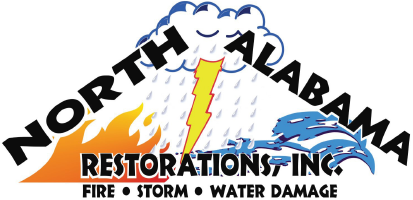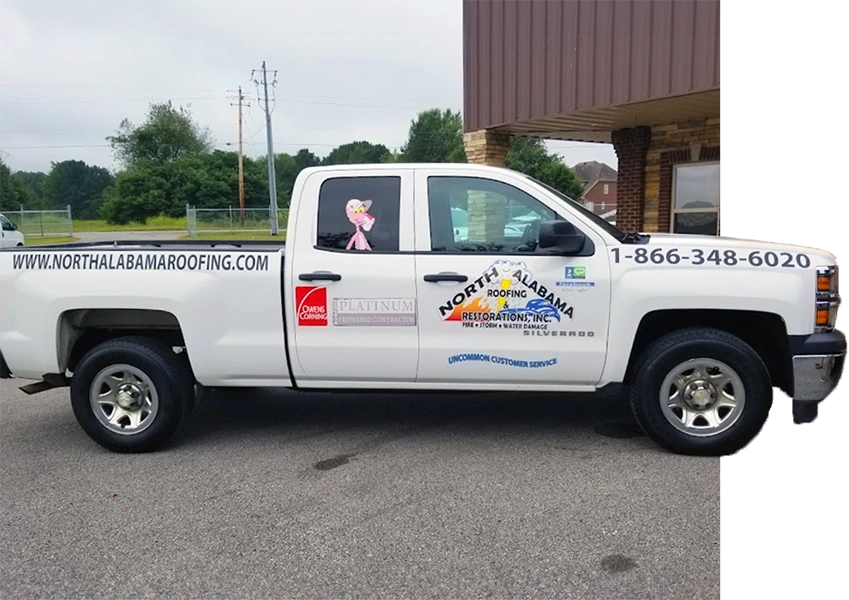Water damage to baseboards is a common problem in many homes. It often comes from leaks, floods, or high humidity. It’s estimated that nearly 40% of homeowners in the United States deal with water-related damage at some point. Signs of water damage include discoloration, staining, and peeling.
Minor damage might be fixable, but severe cases often need new baseboards. Knowing how bad the damage is helps decide what to do next.
Key Takeaways
- Water damage on baseboards can manifest as discoloration, staining, or peeling.
- The decision to repair or replace depends on the extent of the damage.
- Minor damage can often be repaired, but severe cases may necessitate replacement.
- Baseboards are relatively inexpensive, making replacement a viable option.
- Addressing water damage promptly is critical to prevent further problems.
Assessing the Extent of Baseboard Water Damage
When water damage hits baseboards, it’s key to check how bad it is before acting. Water damage on baseboards can be a big problem for homeowners. It might cost a lot to fix if not fixed quickly.
Common Types of Water Damage on Baseboards
Water damage on baseboards shows up in different ways. You might see discoloration, staining, or the finish peeling off. In worse cases, the baseboards could swell or warp, showing they’ve soaked up a lot of water.
Common signs of water damage include:
- Discoloration or staining
- Peeling or flaking of the finish
- Swelling or warping of the baseboard
How to Identify Salvageable vs. Unsalvageable Baseboards
Not every water damaged baseboard needs to be thrown away. Whether to fix or replace depends on how bad the damage is. Baseboards with just a little staining or slight warping might be fixed.
To see if a baseboard can be saved, look at:
- How much water it absorbed
- If there’s mold or mildew
- If the baseboard is structurally sound
If the damage is too much or the baseboard is not strong, it’s best to replace it.
Essential Tools for Damage Assessment
To really understand the water damage on baseboards, you need the right tools. A utility knife helps check the baseboard’s condition. A pry bar lets you gently take off the baseboard to see what’s behind it. And a drywall sander smooths out any rough spots.
Essential tools for damage assessment include:
- Utility knife
- Pry bar
- Drywall sander
Can You Repair Water Damaged Baseboards in Huntsville?
Repairing water-damaged baseboards is possible with the right tools and knowledge. Homeowners can save money by doing it themselves. But, it’s important to know how bad the damage is first.
Techniques for Minor Water Damage Repair
For small water damage, you can sand the area to fix it. Then, repaint the baseboard to match the rest of the room. This is easy and doesn’t need much DIY equipment.
The cost of fixing water-damaged baseboards can change based on the damage. For small issues, you only need to buy sandpaper, paint, and sealant.
Step-by-Step Process for Replacing Damaged Sections
For bigger damage, you might need to replace the baseboard. Here’s what to do:
- Take out the old baseboard carefully to not harm the wall.
- Measure and cut a new baseboard to fit the area.
- Attach the new baseboard to the wall with the right fasteners.
This process needs some DIY skills, like cutting and fitting. But, it’s a solid fix that makes the baseboard look new again.
Finishing Touches: Sanding, Painting, and Sealing
After fixing or replacing the baseboard, you need to finish it. Sanding makes it smooth, painting matches it with the trim, and sealing keeps it safe from water. These steps make the repair look like new.
By using these DIY steps, homeowners can fix water-damaged baseboards. This improves their home’s look and lasts longer.
Professional Baseboard Repair Services for Water Damage
When water damage is severe, you need professional help. Experts can assess the damage and offer a full solution. This is important if you’re not sure what to do.
Recognizing When Expert Help is Needed
If water damage is all over your home, or if you see mold or structural problems, get help. Professionals can handle complex repairs and restorations that are too hard for DIY.
Services Included in Professional Baseboard Restoration
Professional restoration includes checking the damage, drying the area, and fixing or replacing baseboards. They might also:
- Remove damaged baseboards
- Dry and treat the area to stop mold
- Put in new sections that match
- Sand, paint, and seal the fixed baseboards
Understanding the Costs Involved
The cost of repairs depends on the damage, materials, and labor. Getting a detailed estimate from the repair service is key to knowing the total cost.
Costs vary based on materials, repair complexity, and the professional’s rates. Comparing quotes helps find the best deal.
Conclusion
Fixing water-damaged baseboards needs careful thought and the right steps. Homeowners can either do it themselves or get help from experts. It’s important to act fast to avoid more damage.
Knowing how to repair baseboards damaged by water is key to keeping a home safe and looking good. By figuring out how bad the damage is and picking the best fix, people can get their baseboards back in shape.
Repairing baseboards after water damage makes a room look better and keeps it safe from health risks like mold. Acting quickly helps avoid bigger and more expensive problems later.
By using the advice in this article, homeowners can make smart choices about fixing their baseboards. This ensures a good result, whether they do it themselves or get professional help.






